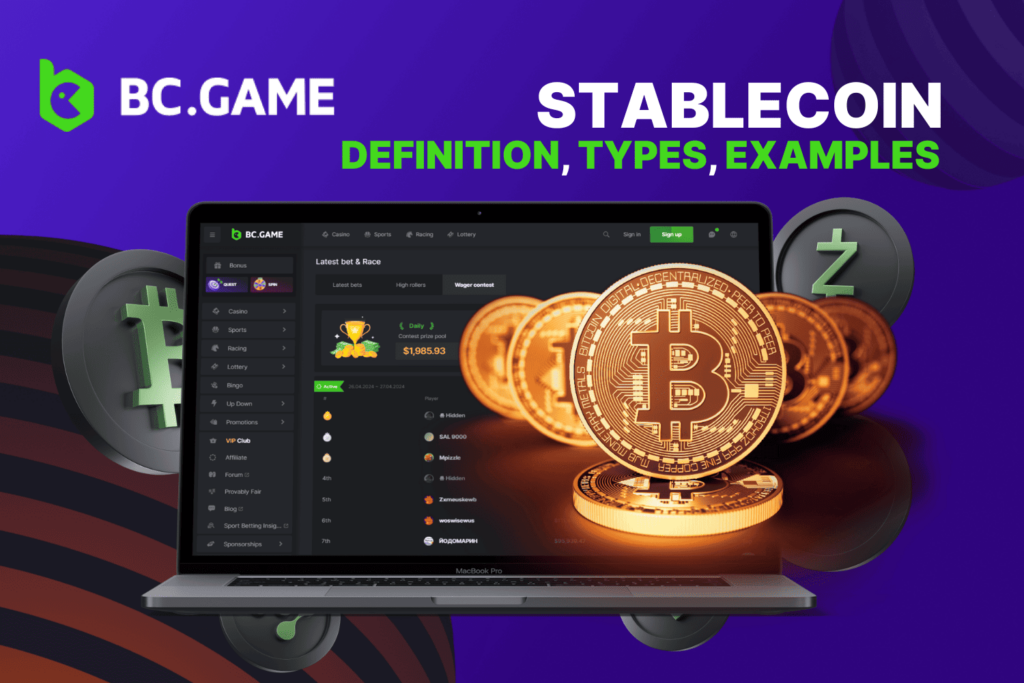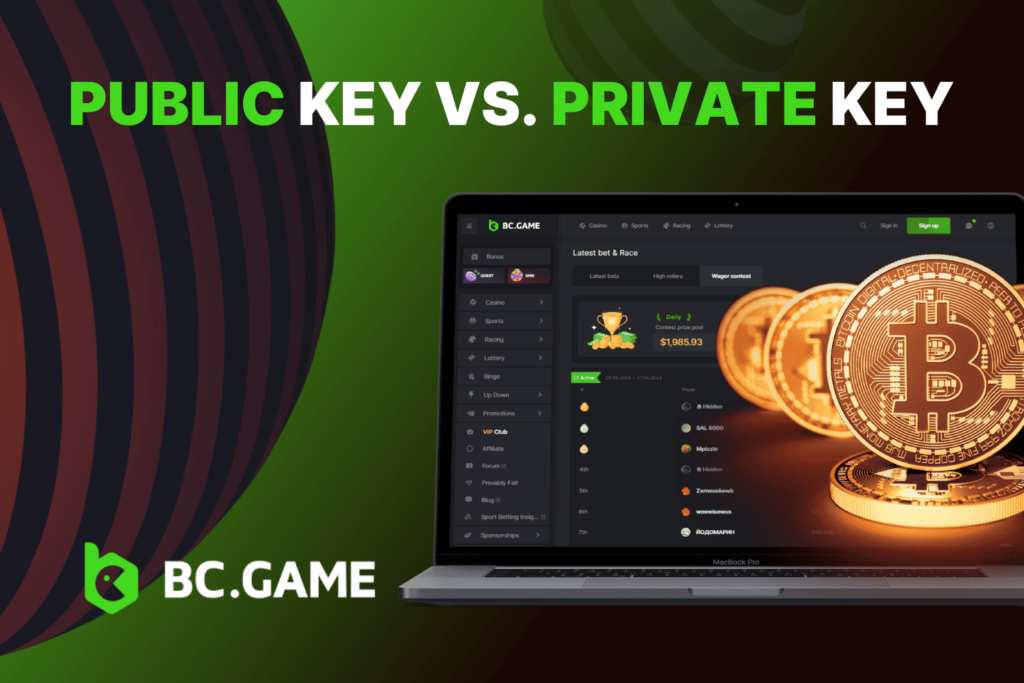
Stablecoins entered the cryptocurrency scene in 2014 with BitUSD, a pioneering effort to tame the chaotic price swings that defined early digital assets like Bitcoin. Back then, traders craved a reliable option amid a market prone to wild ups and downs. These coins, pegged to stable benchmarks such as fiat currencies or gold, offered a lifeline. Now, they’ve grown into a vital tool, blending blockchain’s promise with the predictability of traditional finance, appealing to everyone from casual users to seasoned investors.
What is a Stablecoin?
A stablecoin is a cryptocurrency designed to maintain a steady value, typically linked to assets like the U.S. dollar, gold, or even algorithmic controls. Wondering what is a stablecoin in practical terms? It’s a digital coin that avoids the stomach-churning volatility of most cryptos, ensuring your funds hold firm whether you’re trading, paying, or saving. This stablecoin definition sets it apart as a bridge between the erratic crypto world and everyday usability, often seen in action on platforms like BC.Game for smooth transactions.

So, how do stablecoins work? They rely on a pegging mechanism to keep prices consistent. Fiat-backed stablecoins hold cash reserves, say dollars or euros, matching every token issued to guarantee that 1:1 stability. Commodity-backed versions lock value to physical assets like gold, held in vaults and audited regularly. Algorithmic stablecoins take a different route, using smart contracts to tweak supply and demand, shrinking or expanding circulation to match their target price. Each method ensures users can rely on them without bracing for sudden plunges, a stark contrast to the crypto norm.
This reliability stems from a clever balance of technology and trust. Issuers of fiat-backed coins must prove their reserves through audits, while algorithmic ones lean on transparent code anyone can inspect. Whether you’re sending money overseas or betting at BC.Game, stablecoins deliver a predictable experience. They’ve become a go-to for those seeking what are stablecoins can offer: a safe harbor in a stormy market.
Key Characteristics of Stablecoins
This mix of features makes them a standout choice for anyone digging into the stablecoin definition and its real-world impact.
- Stablecoins maintain a stable price, sticking close to their peg.
- Unlike Bitcoin, which experiences sharp price fluctuations, stablecoins avoid drastic overnight changes.
- Fiat-backed stablecoins disclose reserve details to prove their backing.
- Algorithmic stablecoins share open-source algorithms, demonstrating how they maintain stability.
- Anyone with a crypto wallet can use stablecoins, no bank account required.
- Available globally, from Tokyo to Timbuktu, providing a decentralized solution for users.
- Stablecoins are designed to avoid large price swings.
- While traditional cryptocurrencies may experience up to a 20% spike in a single day, stablecoins stay within pennies of their target value.
- Stablecoins facilitate near-instant transfers across borders.
- They bypass slow banking systems, making them an efficient alternative for global transactions.
Types of Stablecoins
The types of stablecoins vary, each tailored to distinct needs and preferences in the crypto space. Fiat-backed stablecoins lead the pack, tying value to currencies like the dollar or euro. Tether (USDT), for example, keeps a dollar in reserve for every token, audited to confirm that promise. This 1:1 peg makes them straightforward and widely trusted, perfect for everyday use or trading.
Commodity-backed stablecoins shift gears, linking value to tangible assets like gold or silver. Digix Gold (DGX) exemplifies this, with each token representing a gram of gold stored in secure vaults. Regular audits ensure the metal backs the coin, merging crypto’s flexibility with the timeless appeal of precious metals. It’s a solid pick for those who want stability with a physical twist.
Algorithmic stablecoins ditch physical backing entirely, relying on code to maintain balance. Ampleforth (AMPL) adjusts its supply daily; if the price drifts too high, more tokens flood the market, and if too low, supply shrinks. No collateral sits in a vault, just smart contracts doing the heavy lifting. This innovative type fascinates users exploring what are stablecoins can achieve without traditional anchors, offering a futuristic take on stability.
Benefits of Using Stablecoins
| ☑️ Benefit | ℹ️ Description |
|---|---|
| Reliability | Stablecoins shield users from crypto’s volatility, maintaining a steady value for payments, savings, or international transfers. |
| Predictable Value | Unlike Bitcoin, which can fluctuate, stablecoins ensure that sending $100 abroad remains as $100, making them practical for real-world needs. |
| Speed | Traditional bank wires take days; stablecoins process through blockchains in minutes. |
| Cost-Efficiency | Sending stablecoins often costs only pennies, revolutionizing remittances or global trade compared to traditional high fees. |
| Quick Deposits | At BC.Game, users can leverage stablecoins for fast deposits, providing an edge over traditional financial systems. |
| DeFi Opportunities | Stablecoins enable users to stake for interest, lend for profit, or trade on decentralized finance platforms without price volatility concerns. |
| Easy for Beginners | Stablecoins offer an accessible entry into crypto, easing newcomers into the space without the fear of chaotic price fluctuations. |
| Growing Dominance | With these advantages, stablecoins are gaining more traction in the crypto space. |
Examples of Popular Stablecoins
Stablecoin examples highlight their diversity and power in the crypto ecosystem. Tether (USDT) reigns supreme, pegged to the dollar with a massive market cap and trading volume. Its fiat reserves, though sometimes debated, keep it a staple for exchanges and wallets. USD Coin (USDC) trails close, offering dollar backing with regular audits from top firms, building trust among cautious users.
Dai (DAI) takes a decentralized twist, pegged to the dollar via Ethereum’s MakerDAO. Over-collateralized with other cryptos, its algorithmic system adjusts to market shifts, appealing to purists who shun centralized reserves. Binance USD (BUSD) ties into Binance’s orbit, regulated and dollar-backed, blending stability with exchange perks. Each shines in its niche, from mass adoption to DeFi focus.
Is Bitcoin a stablecoin? Not a chance. Bitcoin’s price can leap from $30,000 to $60,000 in months, while these coins barely flinch. Dig deeper into Bitcoin’s wild ride here. For a snapshot, check this table:
| Stablecoin | Peg | Backing | Standout Trait |
|---|---|---|---|
| USDT | USD | Fiat reserves | Market leader |
| USDC | USD | Audited reserves | High transparency |
| DAI | USD | Algorithmic | Fully decentralized |
| BUSD | USD | Fiat reserves | Exchange synergy |
These stablecoin examples rule for their balance of utility and steadiness.
Final Thoughts
Stablecoins carve out a unique space in the crypto landscape, merging blockchain’s innovation with the calm of traditional assets. Their stablecoin definition, centered on pegged value, delivers a clear answer to what is a stablecoin: a dependable tool in a turbulent sea. From fiat-backed giants to algorithmic trailblazers, the types of stablecoins suit every taste, whether you’re trading or hodling. Benefits like fast, cheap transfers and DeFi integration make them essential, while examples like USDT and DAI prove their mettle. At BC.Game or beyond, they offer a firm foundation for navigating digital finance with confidence.




